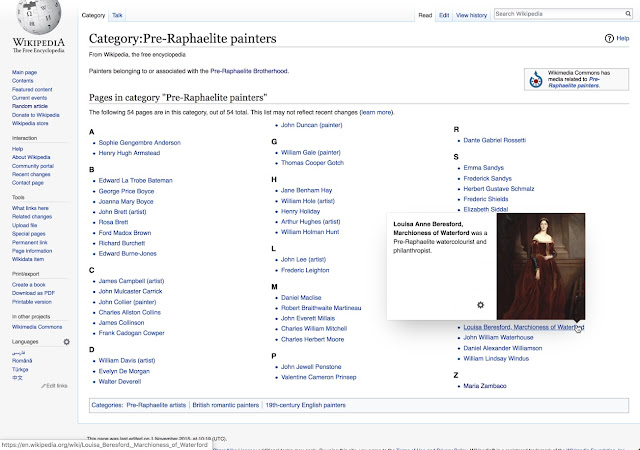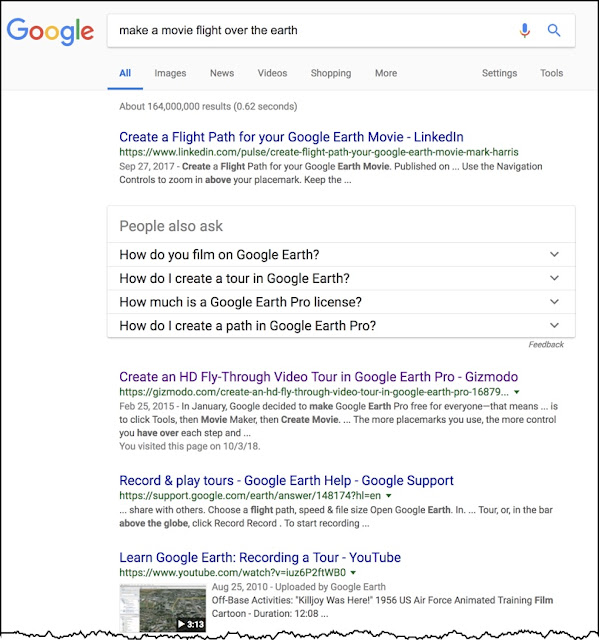Let's consider a real question...
As you know, new therapies come onto the market every so often. Those therapies have risks and benefits. How do you evaluate these things? What do you do to actually do the research you need to evaluate these things?
Consider this one: SDF (Silver Diamine Fluoride) treatment is a way to treat teeth with a simple coating that not only prevents future cavities (caries), but also seems able to reverse the damage in some existing cavities.
Suppose that you're considering getting this treatment for someone in your family. How would you go about doing some checking to see if it's effective, and if it's safe. (As you know, not all medical treatments turn out to be safe in the end; think radioactive water as a spa treatment... a really bad idea.)
Ideally, we--the SearchResearchers of the world--would be able to do some kind of sanity check before taking on a new treatment regime.
This leads to today's Challenge:
1. How would you go about determining if SDF is right for you, your family, or your child? What would you do to research this? Would you get SDF?
Of course I'm interested in what YOU think about SDF, but just as importantly, HOW did you come to this determination? What steps did you take? What sources you think are credible, and why?
Please leave notes about your process in the comments below. I'm looking for some great thoughts here. Let us all learn how you would do this!
Search on!
(And of course, since it's Halloween today, be sure to consider the effects of SDF on vampire teeth!)






















